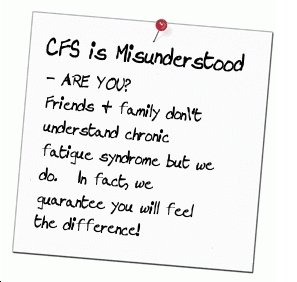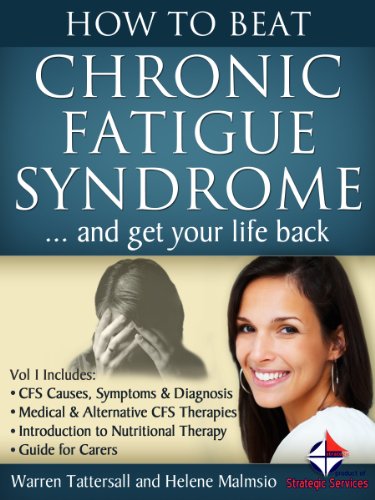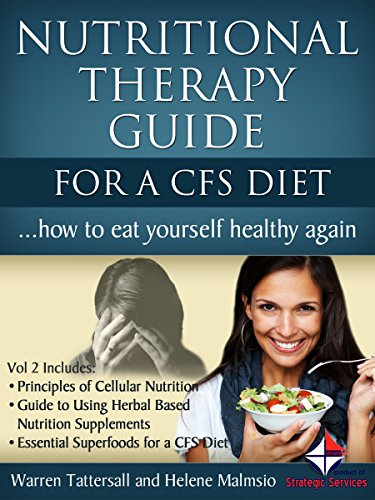What You Can Do To Reduce Risks For Stroke
Stroke is a condition that falls under the umbrella of heart disease. Most people don’t realize that there are three kinds of stroke and that there are things you can do to reduce your risk of all kinds of stroke.
The three major kinds of stroke include the following:
• Thrombotic stroke - This is the type of stroke in which plaques build up on the arterial walls of the arteries leading to the brain. The plaques narrow the blood vessels and clots can form in the narrowed areas, causing a reduction in oxygen and blood flow to the brain stops.
• Embolic stroke - This is the type of stroke in which there is a blood clot somewhere in the body (usually on a heart valve) that breaks off and travels through the bloodstream so that it cuts off the circulation to an area of the brain, resulting in a stroke.
• Hemorrhagic stroke - Rather than an area of the brain being without blood and oxygen, a blood vessel in the brain opens up, causing bleeding to occur within the brain. This can be due to areas of weakness in the blood vessels or to aneurysms in the brain that open up and bleed.
Stroke Statistics In The United States
• Stroke is the 3rd leading cause of death in the United States
• There are 795,000 strokes every year
• Someone suffers a stroke every 40 seconds of each and every day in the US
• Stroke is the leading reason for serious disability overall, and those who survive are often left with paralysis and speech impairment causing long term disability, often requiring long term care
• After the age of 55 years old, the risk for stroke doubles every decade
• Almost ¾ of all strokes occur in people age older than 65
(Data source: Internet Stroke Center)
Prevention Of Stroke
There are different ways to prevent a stroke depending on the type of stroke you are trying to prevent. There are some things you can do that prevent a certain type of stroke but that has the potential to worsen another type of stroke.
The following are some things you can do to prevent a stroke:
• Maintain a normal blood pressure - This holds true for all kinds of stroke. If your blood pressure is too high, it contributes to arterial spasm and increases the risk of thrombotic stroke. If the blood pressure is too high, it can push the blood clot in the heart from the heart valve into the circulatory system of the brain, resulting in an embolic stroke. In a completely different way, high blood pressure can cause hemorrhagic strokes. If there is a weakness in the walls of any part of the brain’s circulatory system, high blood pressure can cause that weak area to open up, resulting in the kind of bleeding you see in a hemorrhagic stroke.
• Maintain a normal cholesterol - Cholesterol is what makes up part of the plaques that contribute to getting a thrombotic stroke. If you maintain a good level of cholesterol, the plaques don’t build up so much and the chance that a blood clot can form in the arteries is much less. You can keep a good cholesterol level by eating food that is low in cholesterol or by taking medications designed to lower the cholesterol level.
• Stop smoking - Smoking has the potential to raise your blood pressure, increasing the risk of all kinds of strokes. Smoking also contributes to plaque formation in the walls of the blood vessels so that the risk of thrombotic stroke increases. The longer you smoke, the greater is the risk of developing all kinds of heart disease, including that of thrombotic stroke.
• Take a baby aspirin - Baby aspirin is a commonly used medication used to prevent the recurrence of heart attack in a patient who has already had a heart attack. Aspirin is a platelet inhibitor, which means that it blocks platelets from sticking together and forming a blood clot. This same phenomenon can work in the prevention of both thrombotic strokes and embolic strokes. If the platelets cannot form a blood clot, it will prevent a blood clot from forming on a heart valve so that it can’t travel to an area of the brain, leading to an embolic stroke. In the same way, when platelets are blocked from forming a clot inside a narrowed area of the blood vessels leading to the brain, this thwarts the onset of a thrombotic stroke.
Living a healthy lifestyle so that the blood pressure is reduced, smoking is not a problem, and cholesterol is kept within normal levels will go a long way toward reducing the incidence of all kinds of strokes.
If you are concerned about stroke, or any type of heart disease it is a great idea to see your doctor and get a full physical and relevant screenings to be sure that there is not more that you can do to ensure you remain in optimal health.
If you would like to learn more about healthy ways to lose weight, and about the natural supplements that I recommend and use myself, just drop me a line here and you'll get a free consultation with Warren Tattersall... CONTACT ME - no obligation, we'll just have a chat about your weight and health goals and the best ways you can achieve them while improving your overall health.
the A to Z directory of dealing with Health Problems & Self Care Strategies for natural remedies to your health issues.

Subscribe to get your weekly "Health Success Magazine" with a new complete & comprehensive Health Report in every edition!

to “Your Health Success”
our weekly F’R’E’E’ Newsletter
If you would like a free no-obligation private consultation or to contact Warren Tattersall for more information, please click here >> Contact Us

Click the books above to learn more about how we treat CFS naturally, to get your life back!
You will find many assorted Health Reports available for download free to you on this website!
Our free Health Success Reports are each available for you to download when you subscribe to receive them and their 7 part eCourse.
You can unsubscribe at any time, but we are sure you will want to receive all the email lessons of these informative ecourses.
Read more HERE to select the REPORT subjects of most interest (or concern) to you.









